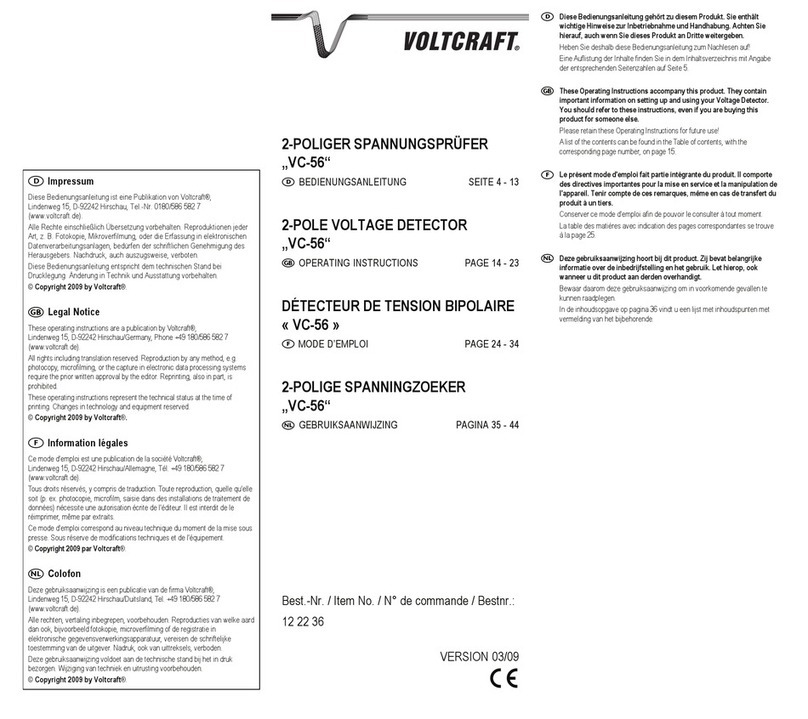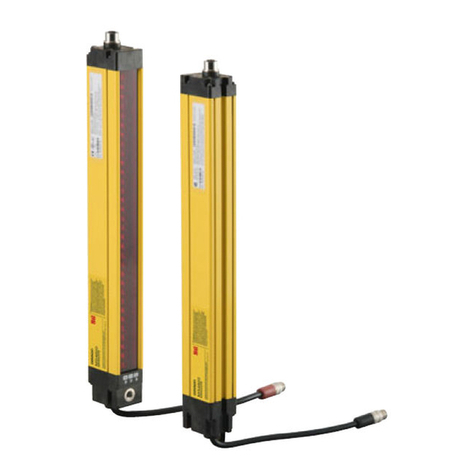TECHNO-AC SUCCESS CBI-436N Manual














Table of contents
Other TECHNO-AC Security Sensor manuals
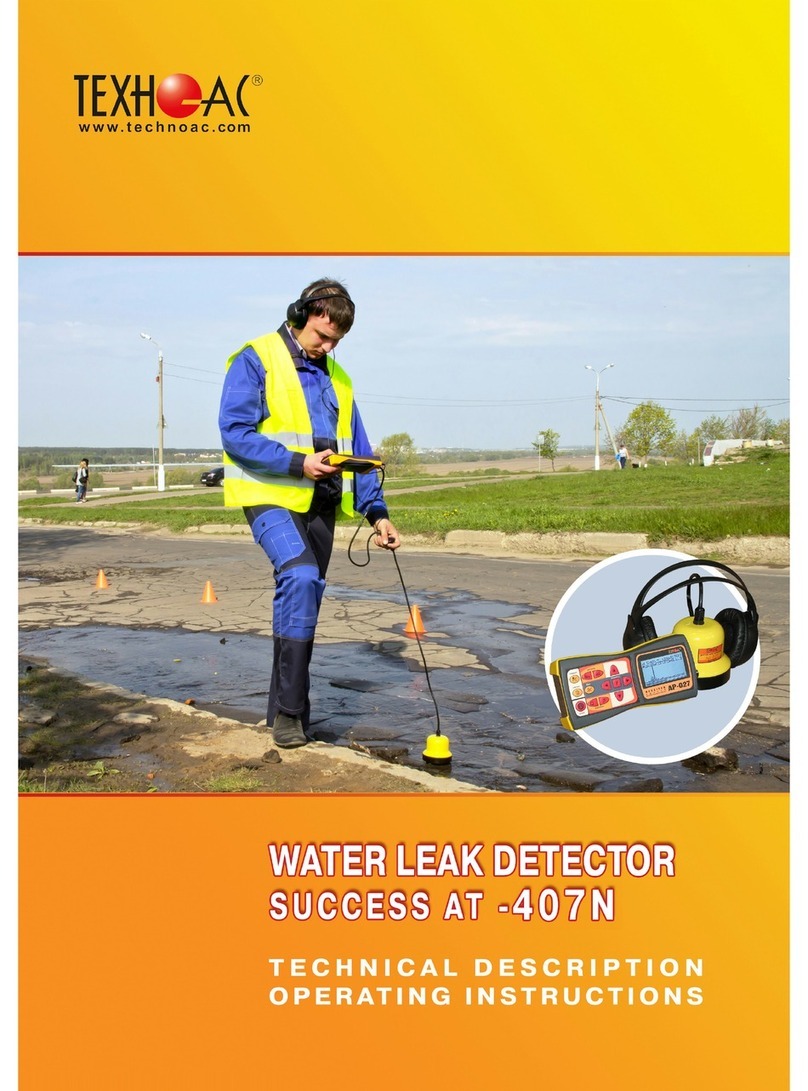
TECHNO-AC
TECHNO-AC Success AT-407N Parts list manual

TECHNO-AC
TECHNO-AC Success CBI-116N User manual
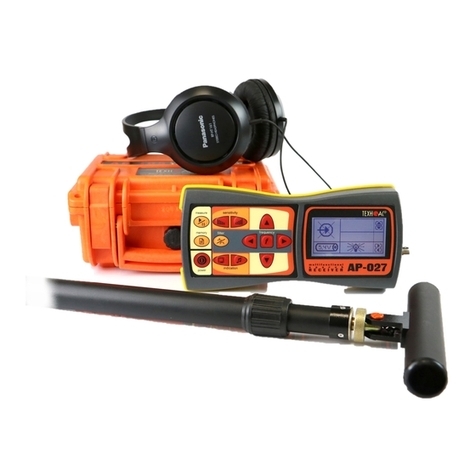
TECHNO-AC
TECHNO-AC SUCCESS-438.15N Manual

TECHNO-AC
TECHNO-AC Success AG-309.15 N User manual

TECHNO-AC
TECHNO-AC SUCCESS ATP-434N User manual
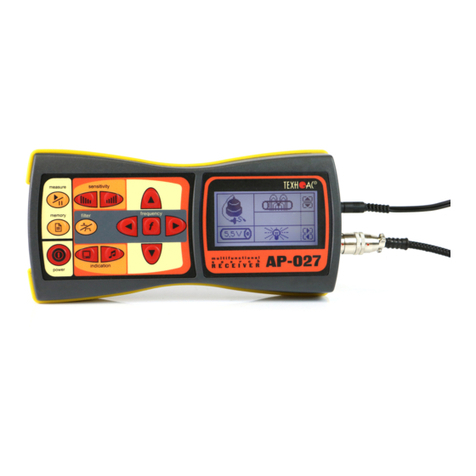
TECHNO-AC
TECHNO-AC SUCCESS TPT-522N Manual

TECHNO-AC
TECHNO-AC Success AT-107N Manual
Popular Security Sensor manuals by other brands
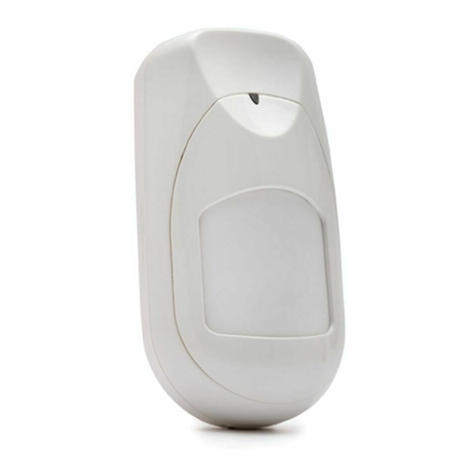
Risco
Risco iWave RWX95 user manual
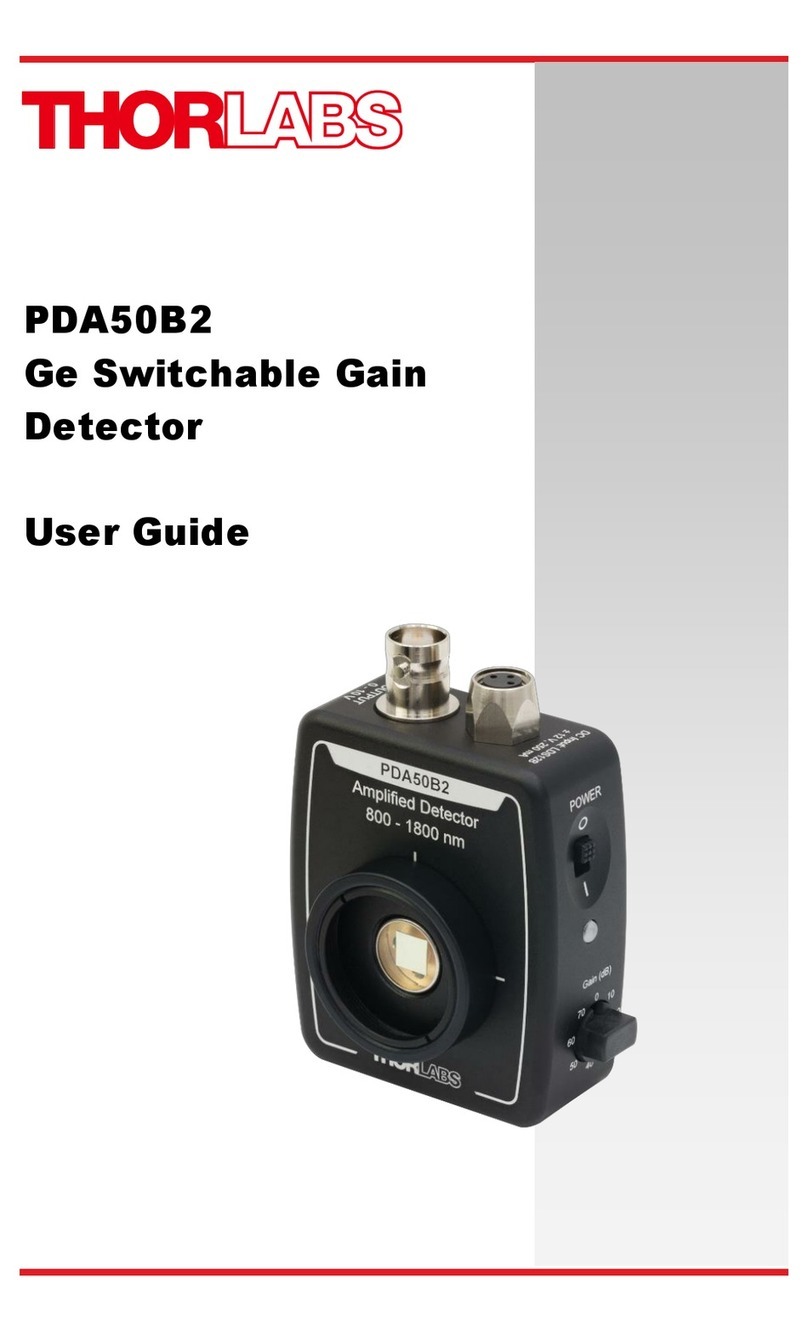
THORLABS
THORLABS PDA50B2 user guide
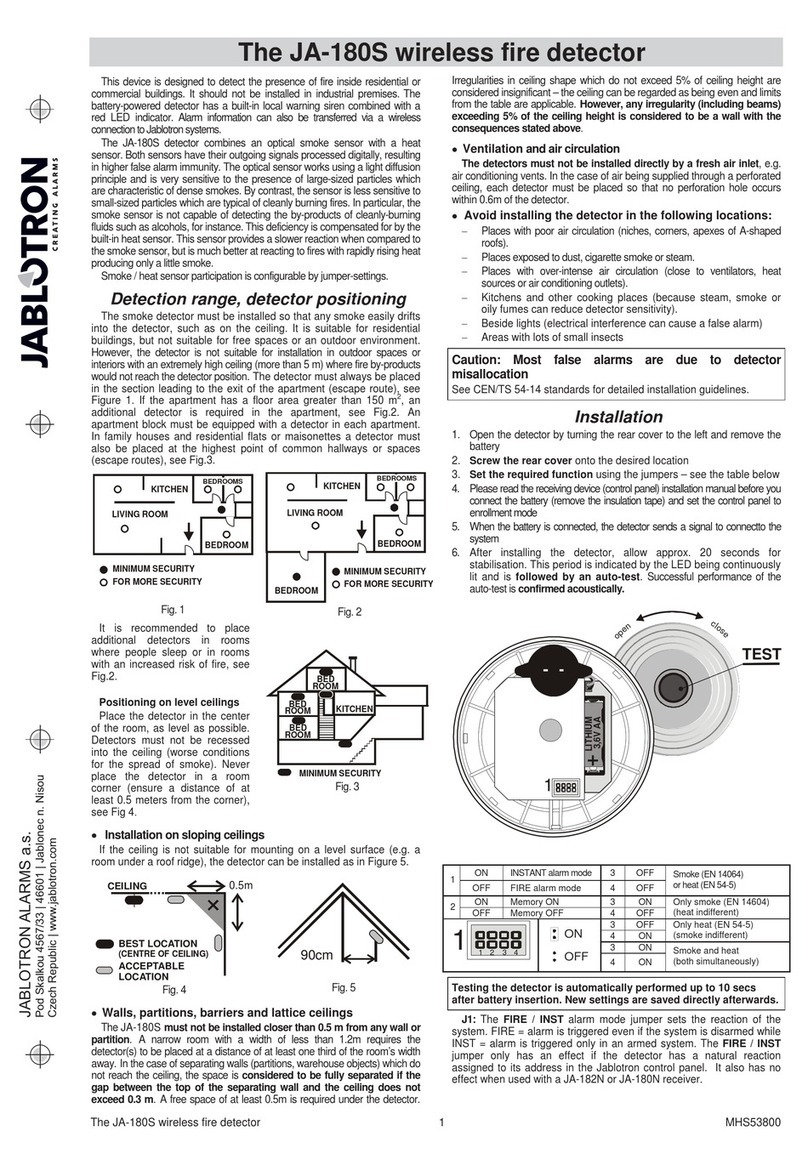
jablotron
jablotron JA-180S quick start guide
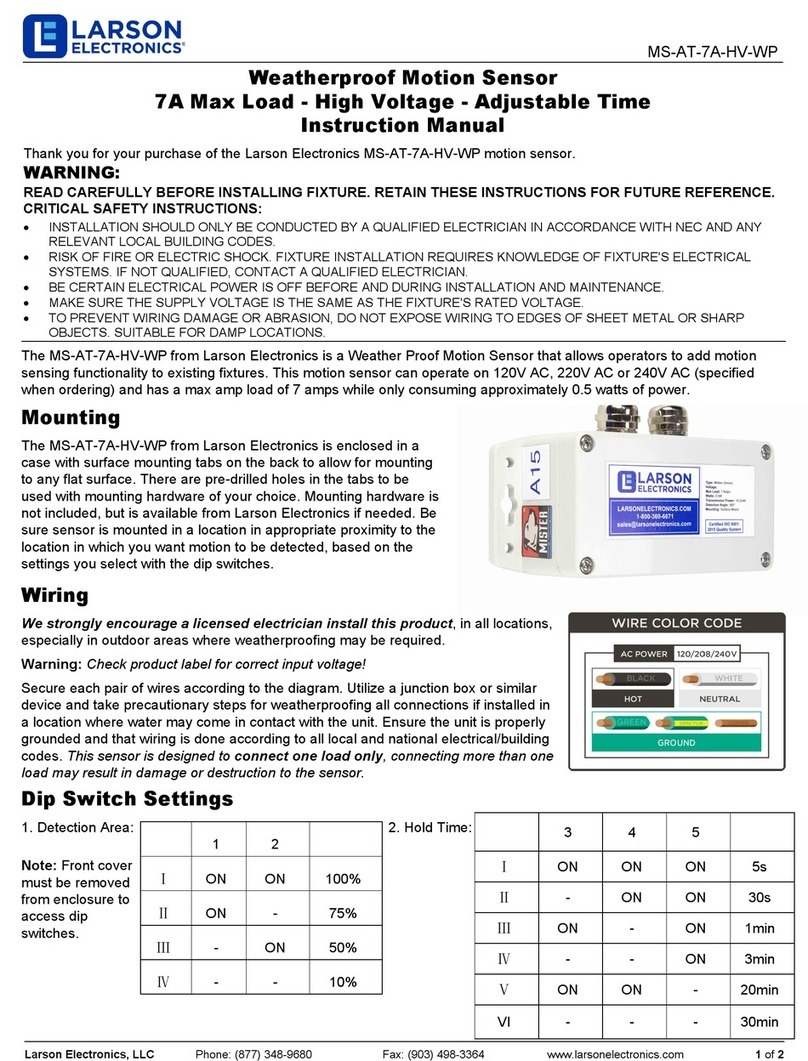
Larson Electronics
Larson Electronics MS-AT-7A-HV-WP instruction manual
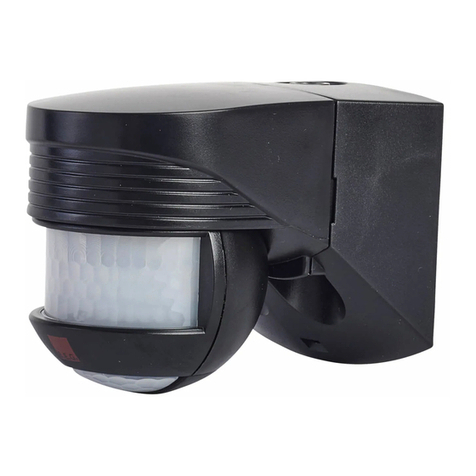
B.E.G. LUXOMAT
B.E.G. LUXOMAT LC-Click-N 140 Installation and operation instruction
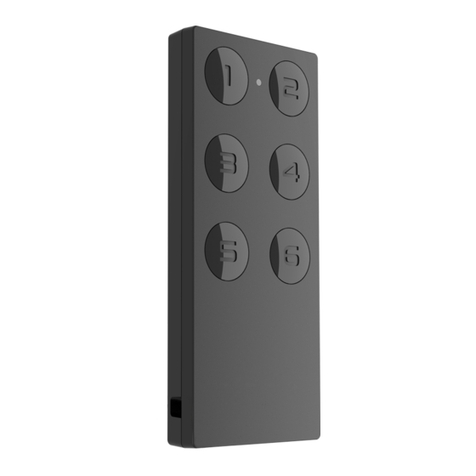
iNels
iNels RF KEY-40 quick start guide

Interlogix
Interlogix Kalatel 600-9400-IMAG installation guide
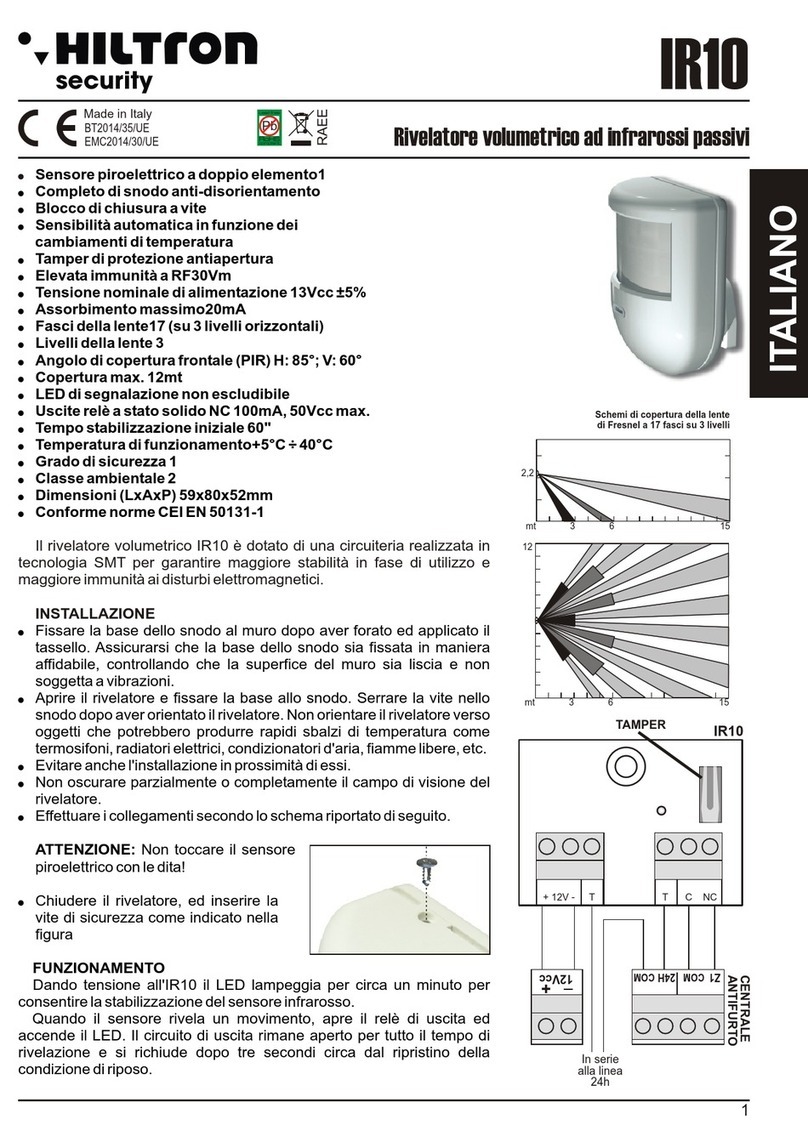
Hiltron security
Hiltron security IR10 instructions

MPH Industries
MPH Industries SpeedLaser B user manual
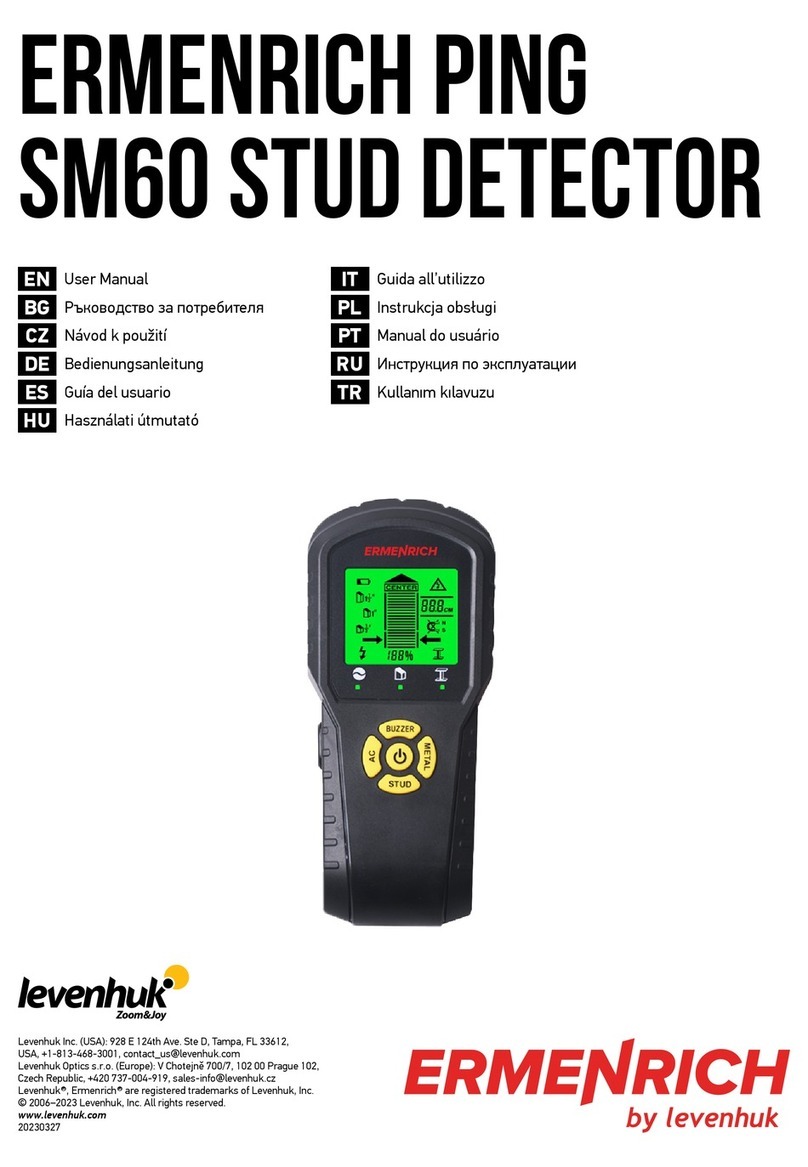
Levenhuk
Levenhuk ERMENRICH PING SM60 user manual

TriBrer
TriBrer AFI430 user guide
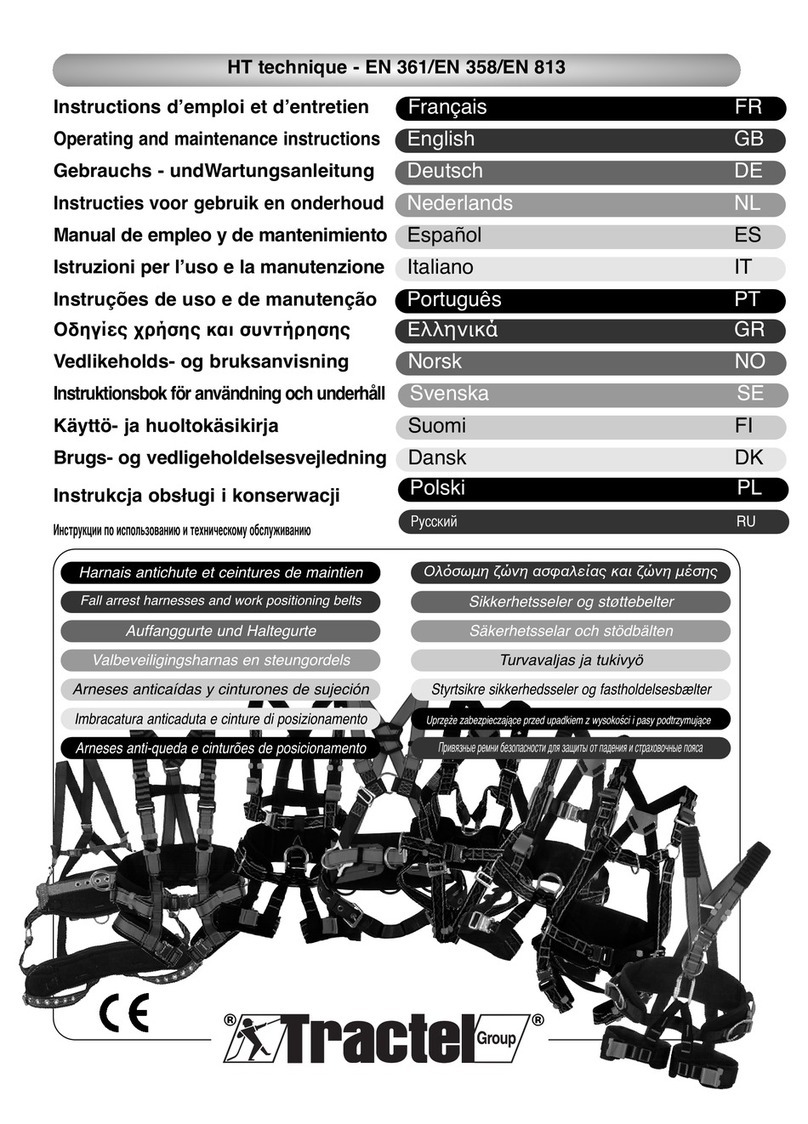
Tractel
Tractel EN 361 Operating and maintenance instructions
